Cats are mysterious creatures, often leaving their human companions puzzled by their behaviors. While they may not speak our language, cats have their own unique way of communicating through body language — from the flick of a tail to the tilt of their head. Every gesture, purr, and posture tells a story about their mood and needs. Understanding these signals can lead to a stronger bond and better understanding between you and your feline friend. Here, we’ll explore ten common signs of cat body language and what they mean, offering insights into the secret world of feline communication and helping you become a true cat whisperer.
1. The Tail’s Tale

A cat’s tail is a significant indicator of its mood. When a cat holds its tail high, it usually signifies confidence and contentment. A flicking tail, however, can indicate irritation or agitation. If you notice your cat’s tail puffed up like a bottle brush, it’s likely frightened or startled. A low, slowly wagging tail might suggest uncertainty or caution. Just like how humans use facial expressions, cats use their tails to express a spectrum of emotions. Paying attention to these subtle movements can help you gauge your cat’s feelings and respond accordingly.
2. Ears Tell All
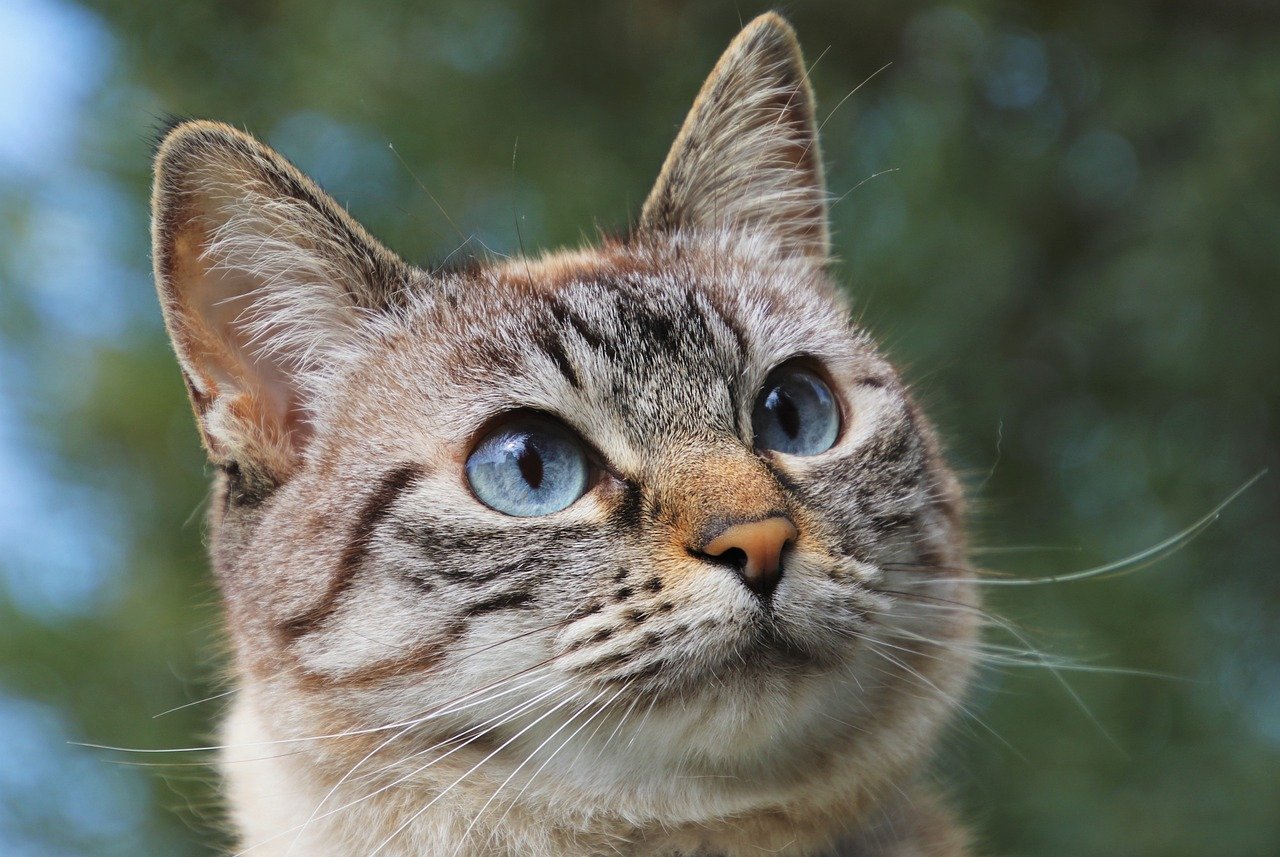
The position of a cat’s ears can reveal a lot about its emotions. Forward-facing ears typically mean the cat is interested or relaxed. Ears that are flattened or turned sideways, on the other hand, can indicate fear, aggression, or anxiety. Occasionally, a cat with one ear forward and one ear back is processing multiple stimuli or is in a state of indecision. Think of a cat’s ears as its emotional antennae, picking up on the vibes around them and adjusting their mood accordingly. By observing these ear movements, you can better understand what your cat might be experiencing.
3. The Power of Purring
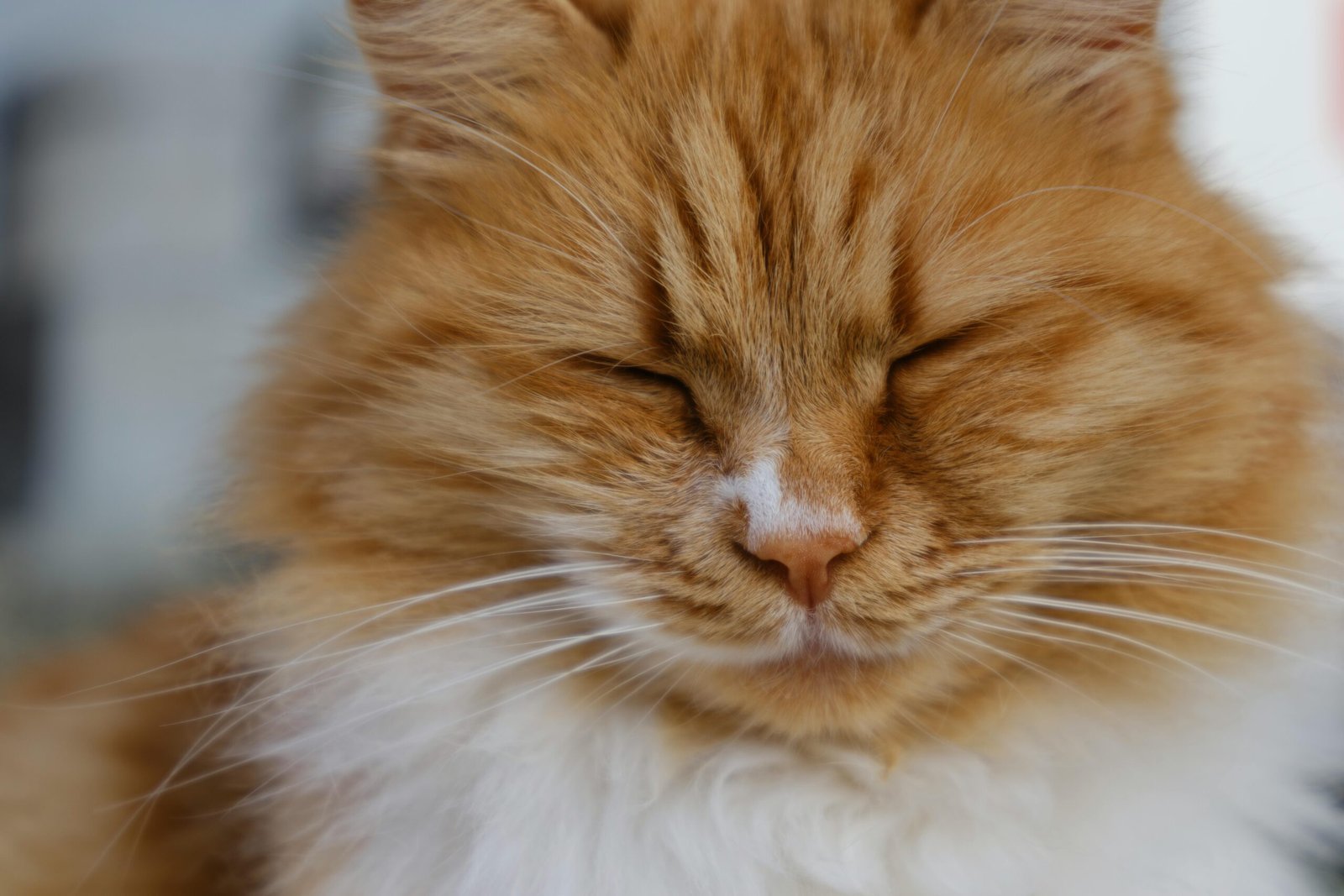
Purring is often associated with a cat’s happiness, but it can also mean other things. While a content cat will purr when cozy and relaxed, a cat in pain or distress might purr as a self-soothing mechanism. It’s similar to how humans might hum or sing to comfort themselves. Therefore, context is essential when interpreting a cat’s purring. If your cat is purring while exhibiting other signs of distress, it might be time to consult a veterinarian. Understanding the nuances of purring can help you decipher whether your cat is truly at ease or in need of attention.
4. The Language of Licking
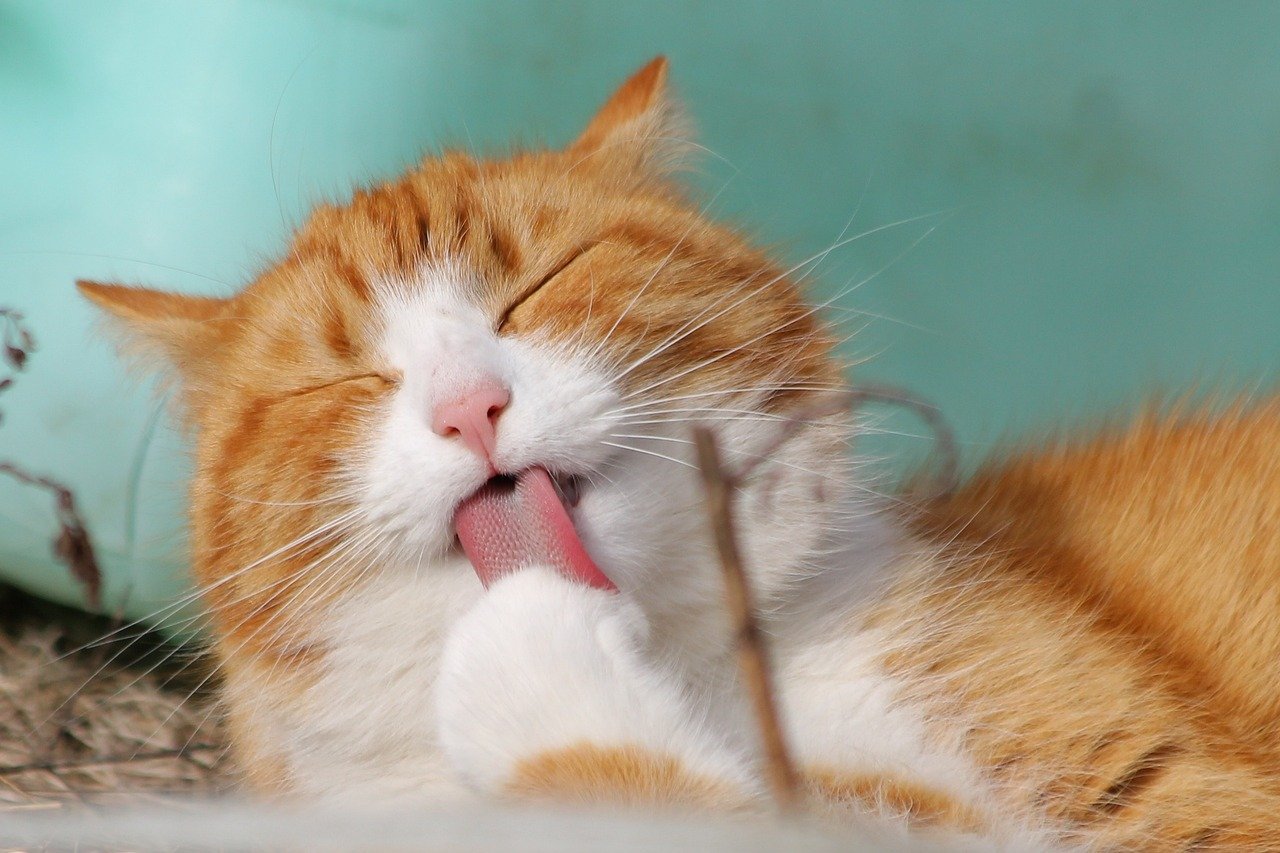
When a cat licks itself or its human, it’s usually a sign of affection. Grooming is a bonding activity among cats, and they often extend this behavior to their human companions. However, excessive licking can indicate stress or a medical issue, such as allergies or skin irritation. Like a chef tasting their dish, cats use licking as a way to explore their environment and show they care. Monitoring your cat’s licking habits can provide insight into their emotional and physical well-being.
5. The Gentle Headbutt
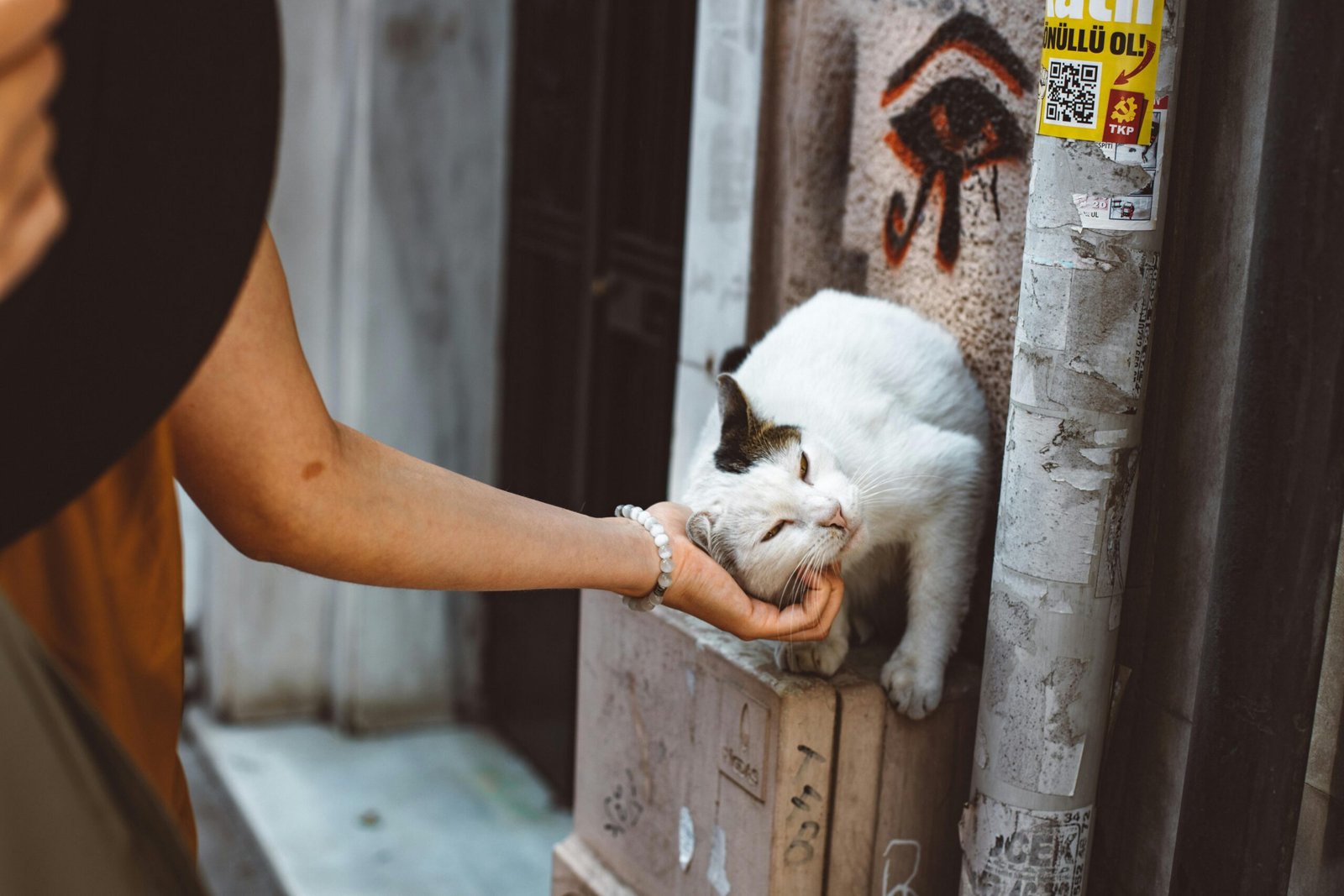
A headbutt from a cat is more than just a quirky behavior; it’s a gesture of friendship and trust. When a cat bumps its head against you, it’s marking you with its scent glands, essentially claiming you as part of its territory. This action is akin to a hug or handshake in human terms. If your cat headbutts you, it’s a sign that it feels secure and connected. Cherish these moments, as they indicate a strong bond between you and your feline companion.
6. The All-Seeing Eyes
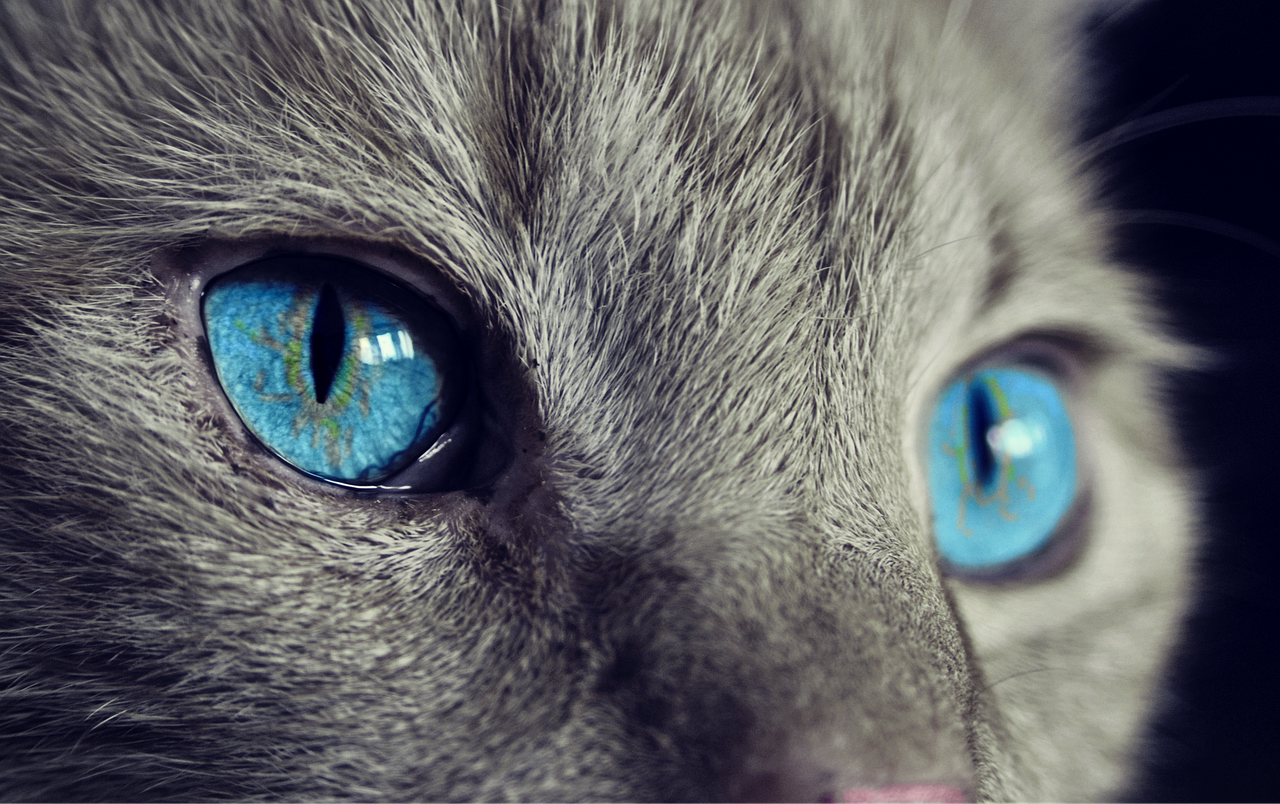
Cats’ eyes are expressive windows to their souls. Slow blinking is often referred to as a “cat kiss,” signifying trust and affection. A cat with wide, unblinking eyes may be feeling threatened or on high alert. If a cat’s pupils are dilated in a low-light setting, it’s likely due to environmental factors, but in bright light, it could indicate excitement or fear. Understanding these subtle shifts in a cat’s gaze can help you respond to their emotional state appropriately, whether it’s offering comfort or giving them space.
7. The Vocalization Vocabulary
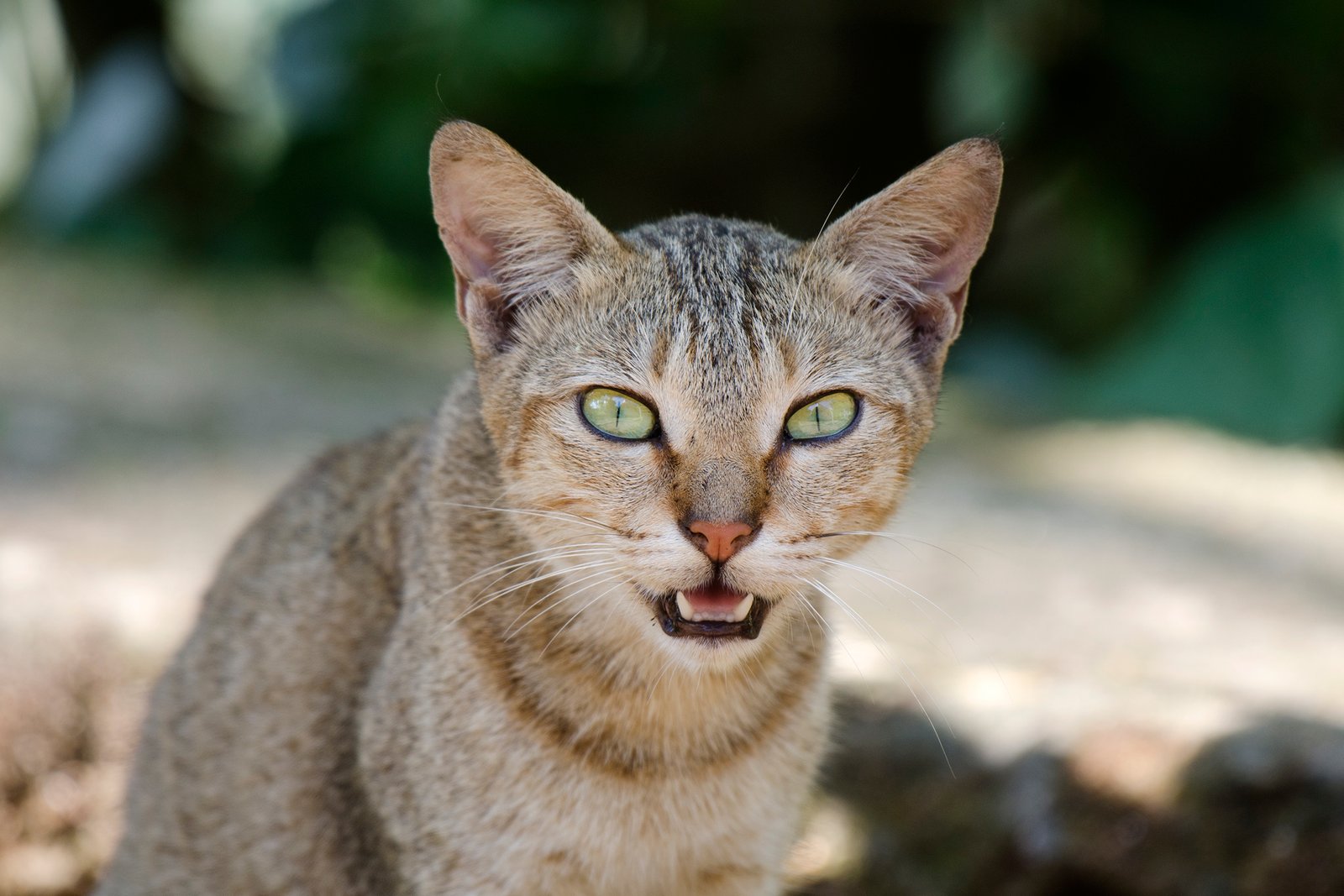
Cats have a range of vocalizations, from meows and chirps to growls and hisses. A soft, trilling sound often indicates happiness and a desire for interaction. Conversely, hissing or growling is a clear sign of distress or aggression. Cats may also use different tones of meows to communicate specific needs, such as hunger or wanting attention. Just as humans use different tones and words to communicate, cats have their vocal nuances. By tuning into these sounds, you can better understand your cat’s needs and emotions.
8. The Back Arch
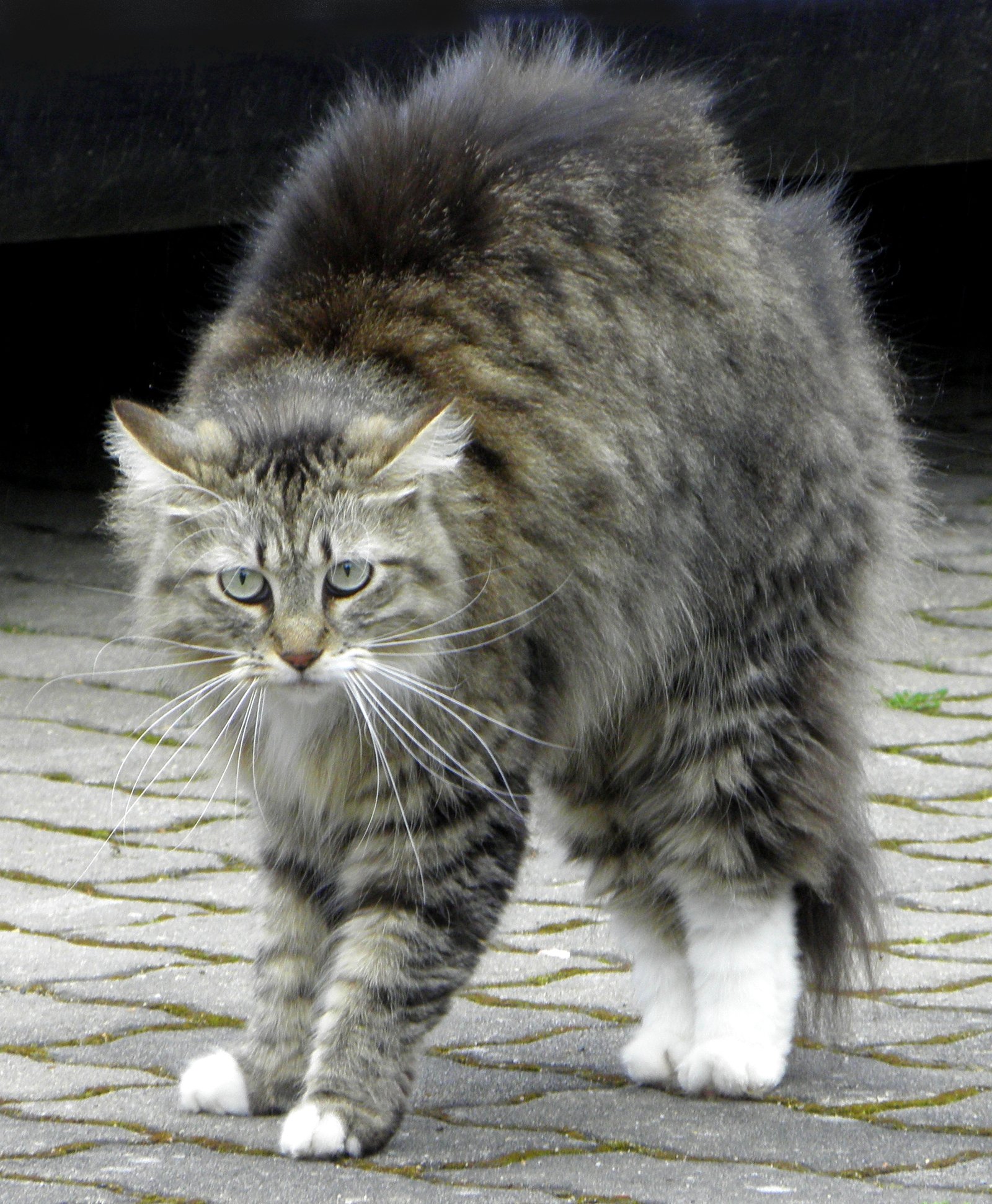
An arched back is a classic cat pose often associated with Halloween imagery. This posture can indicate that a cat feels threatened and is trying to make itself appear larger to ward off danger. However, a gentle stretch with an arched back might simply be a sign of relaxation and comfort. Much like a yoga pose for humans, cats use this movement to relieve tension and prepare for action. Observing the context in which this posture occurs will help you determine whether your cat is feeling playful or defensive.
9. Kneading with Paws
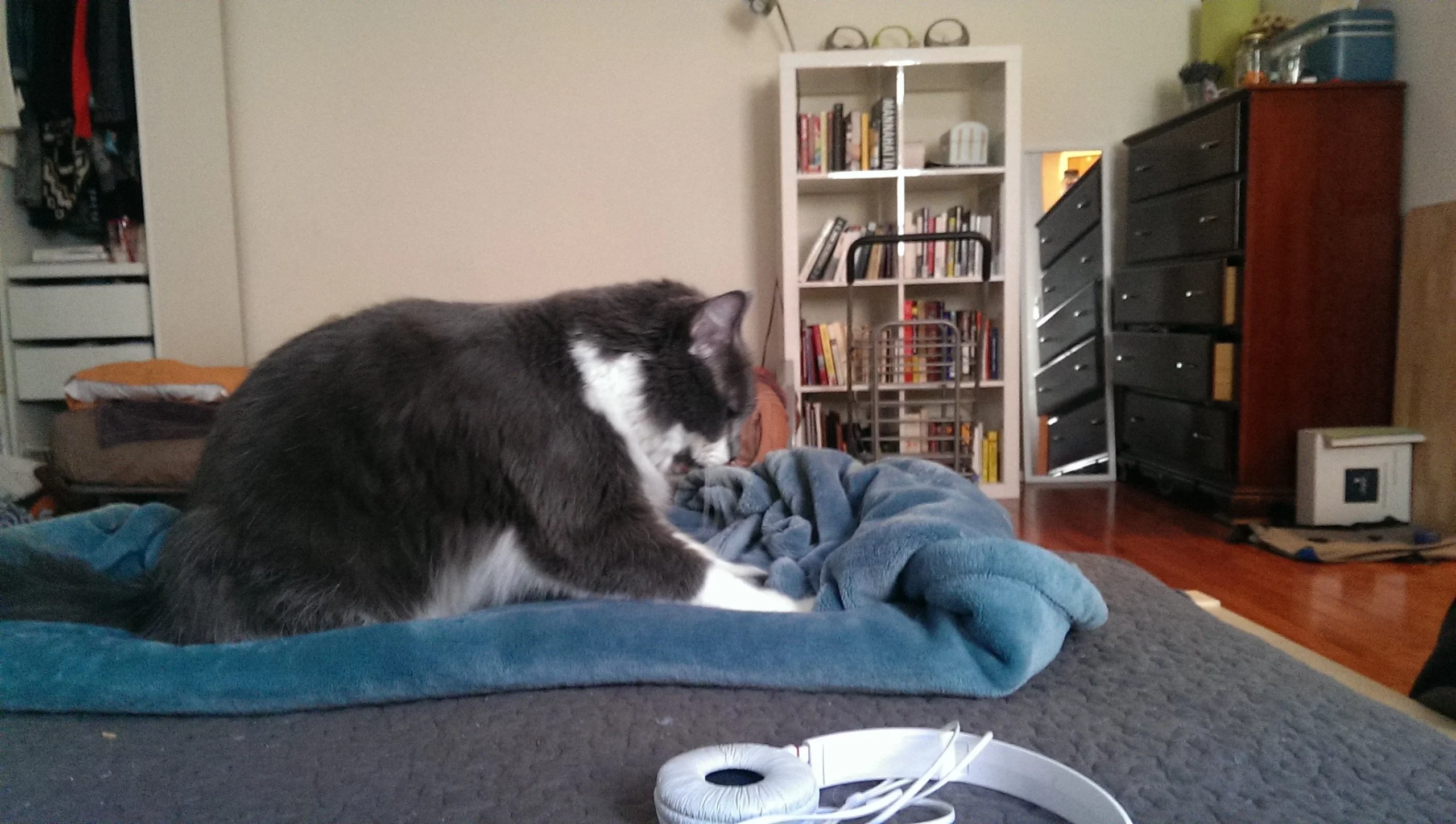
Kneading is an endearing behavior where cats rhythmically push their paws into a soft surface. This action harks back to kittenhood when they would knead their mother’s belly to stimulate milk flow. In adult cats, kneading is often a sign of contentment and comfort. It’s akin to a child clutching a favorite blanket for security. If your cat kneads you, it’s a compliment, showing they feel safe and happy in your presence. Embrace this behavior as a testament to your nurturing relationship.
10. Whisker Whispers
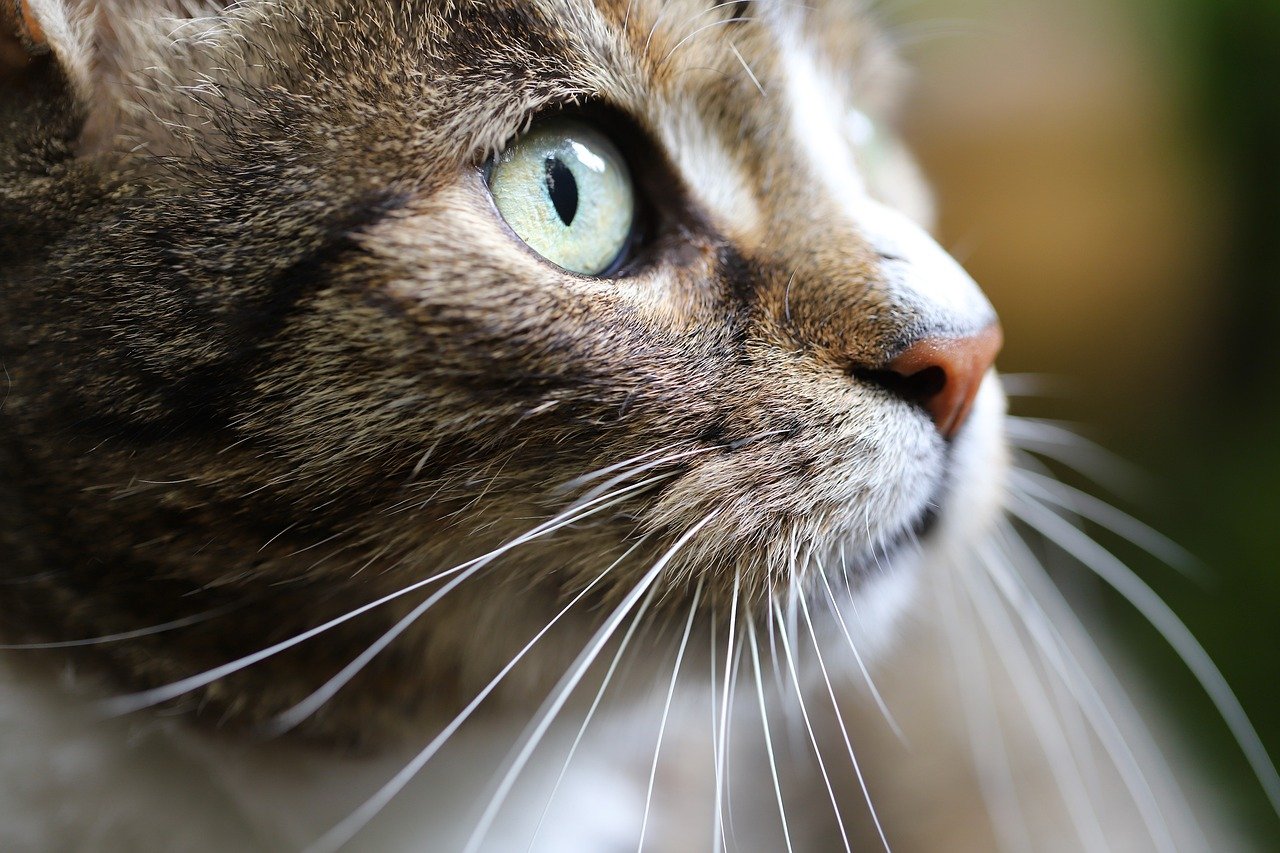
Whiskers are not just for decoration; they play a crucial role in a cat’s sensory perception. Relaxed whiskers usually mean a cat is calm, while forward-facing whiskers indicate curiosity or focus. Whiskers pulled back against the face can signal fear or aggression. Think of whiskers as a cat’s radar, constantly assessing their surroundings. By observing whisker positions, you can gain insights into your cat’s immediate reactions to stimuli, helping you better understand their environment and state of mind.
Understanding your cat’s body language can transform your relationship with your feline friend. By paying attention to these subtle cues, you can ensure a harmonious and loving bond. This mutual understanding not only enriches your companionship but also enhances your ability to meet your cat’s needs, creating a happy and healthy environment for both of you.
Jen is a passionate nature lover and ocean conservationist. She has dedicated her life to protecting the environment and preserving the beauty of the natural world. Growing up in a small coastal town, Jen sincerely appreciated the ocean and its inhabitants. She has spent countless hours exploring the shoreline, learning about the creatures that inhabit the waters, and advocating for their protection. Jen is an active member of ocean conservation organizations, and she is committed to educating the public about the importance of conserving wildlife and the natural environment.






